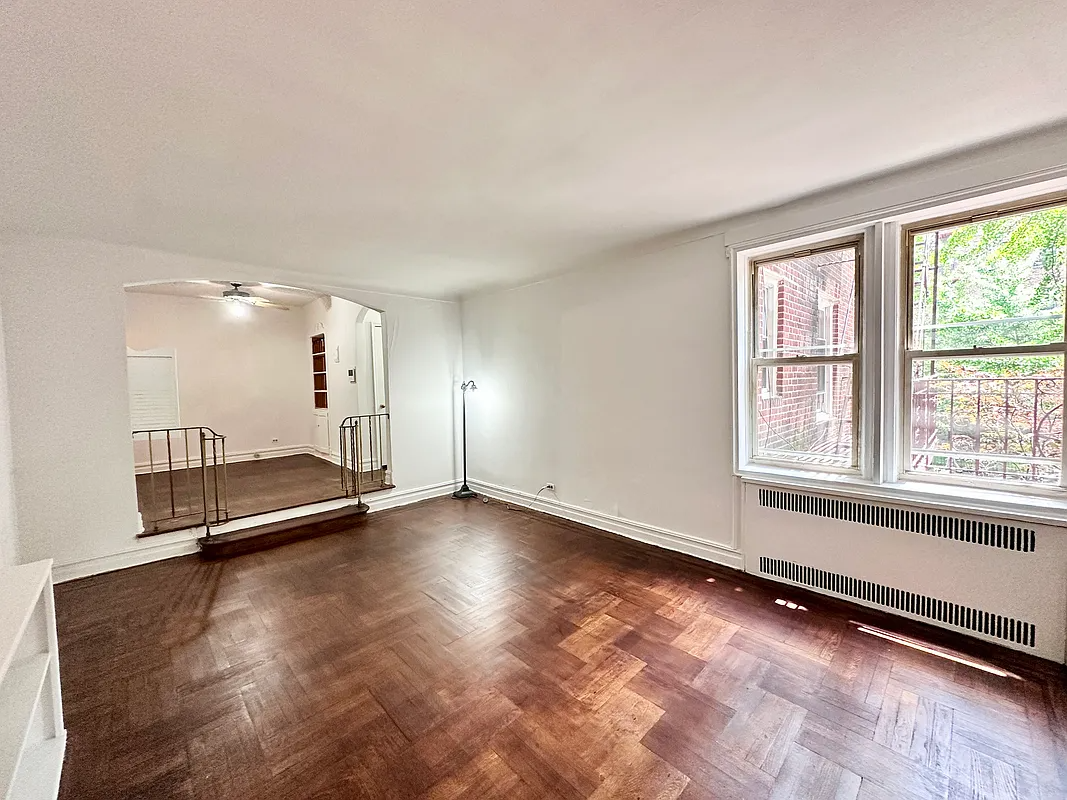Townhouse Design: Chris Gray Responds
On Brownstoner Philly yesterday, Libbie Hawes wrote a fascinating piece about the process by which rowhouses were designed and built in Philadelphia in the first half of the 19th century. We cross-posted it to Brownstoner Brooklyn, suspecting that it would have broader appeal to architecture and old house fans in the Big Apple too. We…


On Brownstoner Philly yesterday, Libbie Hawes wrote a fascinating piece about the process by which rowhouses were designed and built in Philadelphia in the first half of the 19th century. We cross-posted it to Brownstoner Brooklyn, suspecting that it would have broader appeal to architecture and old house fans in the Big Apple too. We were quite honored then when the legendary Christopher Gray, who has penned the Streetscapes column in The Times for years and is one of the leading experts on urban architectural history, chimed in with an extensive comment on the roles of the architect and contractor in the building process here in New York. The entire comment is reproduced on the jump:
Most interesting. I would say in New York that it has not yet been established whether a mid-century architect would spec out the building from full drawings, from which quantities of building materials were determined, or whether the contractor made “by the yard” decisions based on the overall plot dimensions, e.g. “100 foot frontage, 60 foot depth, six houses, 4 stories, = xyz running feet of 4×12 yellow pine for joistwork” etc. on through brownstone ashlar, common brick, finish flooring, etc.
This leads to the question of “design” – a matter valued as nearly sacred by preservationists. Was each row of houses really “designed”, as in laid out on paper for consideration and revision? Or were they conceptually assembled by variable kits of parts?
For the typical spec built houses of the mid-19th, I have only seen the crudest possible drawings, rising to a reasonable sophistication and exactitude in the mid-1880s. Doesn’t mean that such drawings (= design process) were not made, but the lack thereof seems significant.
Christopher Gray
Streetscapes@NYTimes.com





I deny utterly the accusation of “legendariness”. If anyone wants to step outside on the matter, just give me a place and time. I am 220, 6’2″, but will take any appropriate handicapping measures.
Christopher
I have been researching many of the architects and builders of central brownstone Brooklyn and I found that many architects started out as builders and also real estate agents. Also I notice that many of these Brooklyn architects are only one degree separated from each other. Many young architects worked together in offices. I am also starting to notice that developers may have had held plans from one architect for many years but waited for some time to filethe plans with another architect. Architects like Amzi Hill worked with Frederick Langston who worked Magnus Dahlander who worked with Axel Heidman etc… to build Crown Heights, Park Slope, Clinton Hill and Bedford Stuyvesant. As an architect and amateur historian I find this all very interesting.
I love when I pass by an old townhouse that’s falling apart and I can peek at what’s under the facade.
It’s interesting to hear what those in-the-know have to say about their construction.
The architect’s role in the 19th century was different than today. Most builders relied on pattern books of architectural designs. Early on, the books were imported from England, but by the nineteenth century several American designer/architect/builder published their own. Foremost among these is Asher Benjamin, also yours truly, Minard Lafever. The patterns that created the Greek Revival and later the Italianate originated in these books. Builders did not just “make it up” they knew to rely on the taste and experience of the pattern book authors. Staircases were a big part of the books, how to cut the wood to create the swirling curves of fancy residential stairs and how to create a perfect ellipse for a fanlight. etc etc. Most of the plates in these books have incomprehensible geometric formulas; a mystery to us, but a godsend to architect/builders of the day. The legendary Mr Grey knows that preservationists value the design of a vintage house whether it was designed exclusively for one client (the Litchfield villa for example) or whether it was built as part of a spec row (Washington Park houses for example).
Very interesting info from all three of you, regarding the architect’s role in the development of NY’s residential stock. I’ve been wondering about that, but since most of the records that I have access to are the journalistic interpretations of trends, ala Brooklyn Eagle, NY Times, etc, it’s hard to separate fact from publicity and hype. I hope to one day get the opportunity to peruse the architectural records themselves, through the Avery Library or somesuch.
The role of the builder (carpenter) and architect was very transitional and fluid in mid-19th century NYC. On many spec-built row house project, the architect and builder are the same (and in some cases, the owner (developer) is the same as the architect and building). Many early architects got their start as builders or carpenters, and often would go back in forth in terms of how they listed themselves in records such as directories and the census. Architecture as a separate profession from the building trades (on anything other than the grandest buildings) was really only just emerging in the pre-Civil War era, and a lot of the “first-wave” architects were sons of carpenters and did their apprenticeship in the building trades.
The result, both pre- and post-Civil War, was that a lot of building (and decoration) was from the builder’s tradition, not the architect’s pen. You also had the situation where a lot of building plans were reused – an owner (or builder) would commission an architect to design a facade or the interior decoration of a house in the latest style, and the builder would recycle those plans until the design went out of style (or often well after it went out of style). It was over issues such as ownership of plans, architects’ fees and the establishment of architecture as a profession separate from the trades that the AIA was established (in 1857).